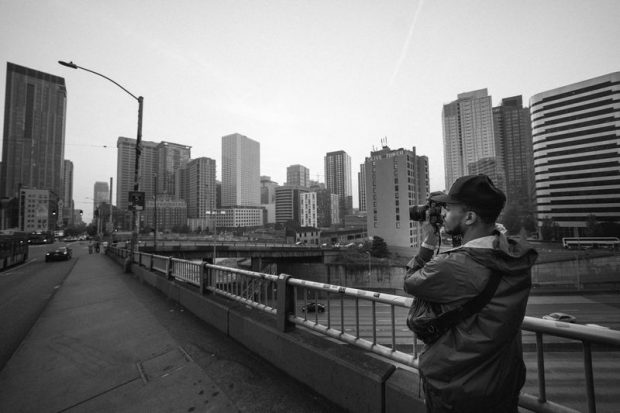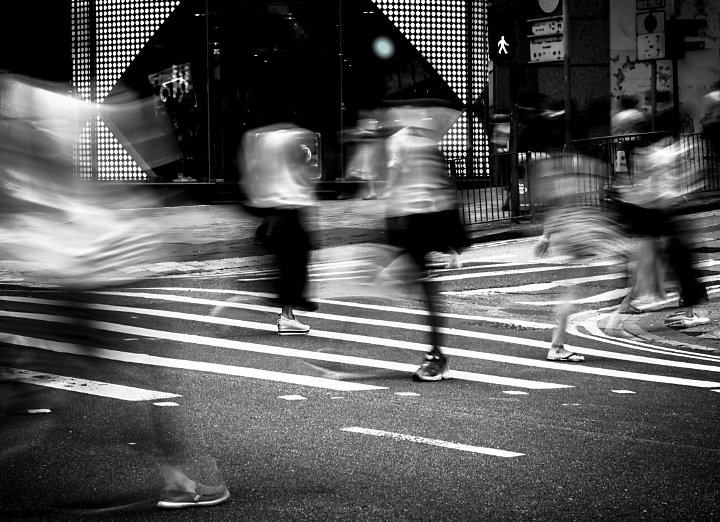Our Framing Streets PDFs
Our Framing Streets PDFs
Blog Article
How Framing Streets can Save You Time, Stress, and Money.
Table of ContentsThe Greatest Guide To Framing StreetsFraming Streets - QuestionsThe Ultimate Guide To Framing Streets5 Simple Techniques For Framing StreetsHow Framing Streets can Save You Time, Stress, and Money.Not known Details About Framing Streets
Digital photography category "Crufts Canine Program 1968" by Tony Ray-Jones Street photography (also occasionally called honest digital photography) is digital photography carried out for art or inquiry that includes unmediated opportunity experiences and random events within public places, generally with the goal of capturing photos at a decisive or emotional minute by cautious framing and timing. 
Some Known Questions About Framing Streets.
Susan Sontag, 1977 Street photography can concentrate on individuals and their habits in public. In this regard, the street photographer resembles social docudrama photographers or photojournalists who likewise operate in public locations, however with the aim of recording relevant events. Any of these digital photographers' images may catch people and residential property visible within or from public places, which commonly involves browsing moral concerns and legislations of personal privacy, security, and residential property.
Depictions of day-to-day public life form a category in almost every period of globe art, starting in the pre-historic, Sumerian, Egyptian and early Buddhist art periods. Art dealing with the life of the street, whether within views of cityscapes, or as the leading motif, shows up in the West in the canon of the North Renaissance, Baroque, Rococo, of Romanticism, Realism, Impressionism and Post-Impressionism.
The Ultimate Guide To Framing Streets
Louis Daguerre: "Blvd du Temple" (1838 or 1839) In 1838 or 1839 the first picture of numbers in the street was recorded by Louis-Jacques-Mand Daguerre in among a set of daguerreotype views extracted from his studio window of the Blvd du Holy place in Paris. The 2nd, made at the elevation of the day, reveals an uninhabited stretch of road, while the various other was taken at concerning 8:00 am, and as Beaumont Newhall records, "The Boulevard, so frequently filled up with a relocating bunch of pedestrians and carriages was flawlessly singular, except an individual that was having his boots brushed.
, who was motivated to carry out a comparable documents of New York City. As the city established, Atget assisted to advertise Parisian roads as a deserving topic for photography.

Framing Streets Things To Know Before You Buy
Martin is the initial recorded photographer to do so in London with a disguised camera. Mass-Observation was a social study organisation established in 1937 which intended to videotape everyday life in Britain and to tape-record the reactions of the 'man-in-the-street' to King Edward VIII's abdication in 1936 to marry separation Wallis Simpson, and the succession of George VI. The principal Mass-Observationists were anthropologist Tom Harrisson in Bolton and poet Charles Madge in London, and their very first report was generated as the publication "May the Twelfth: Mass-Observation Day-Surveys 1937 by over two hundred viewers" [] Home window cleaner at Kottbusser Tor, Berlin, by Elsa Thiemann c. 1946 The post-war French Humanist Institution photographers located their topics on the street or in the bistro. Between 1946 and 1957 Le Groupe des XV each year exhibited job of this kind. Andre Kertesz. Circus, Budapest, 19 May 1920 Street photography created the significant content of two exhibitions at the Gallery of Modern Art (Mo, MA) in New york city curated by Edward Steichen, 5 French Digital Photographers: Brassai; Cartier-Bresson, Doisneau, Ronis, Izis in 1951 to 1952, and Post-war European Photography in 1953, which exported the idea of road photography globally.

Framing Streets for Dummies
The recording device was 'a covert cam', a 35 mm Contax concealed beneath his coat, that was 'strapped to the breast and connected to a long cord strung down the ideal sleeve'. Nevertheless, his job had little contemporary impact as due to Evans' level of sensitivities concerning the originality of his task and the privacy of his topics, it was not released up until 1966, in the book Numerous Are Called, with an intro composed by James Agee in 1940.
Helen Levitt, then an instructor of little ones, related to Evans in 193839. She recorded the temporal chalk illustrations - Lightroom presets that were component of kids's street society in New York at the time, as well as the kids who made them. In July 1939, Mo, MA's new digital photography section consisted of Levitt's work in its inaugural exhibitionRobert Frank's 1958 publication,, was considerable; raw and frequently indistinct, Frank's images examined conventional photography of the moment, "tested all the formal regulations laid down by Henri Cartier-Bresson and Walker Evans" and "flew in the face of the wholesome pictorialism and sincere photojournalism of American publications like LIFE and Time".
Report this page